While Washington County enjoys a relatively robust transit system compared to other suburban/rural counties, plenty of transit service and amenity needs remain.
Transit agencies continue to identify future network extensions and service enhancements, but utilization remains relatively low.
To meet regional long-term climate and transportation goals, transit use needs to triple within the next 20 years.
The easier it is to access transit, the more likely people are to use it.
In many Washington County locations, accessing transit is difficult. Challenges include unconnected sidewalks, substandard bike facilities, long distances between signalized crossings, insufficient lighting and a lack of new “mobility options.”
Addressing these challenges is critical to improving transit ridership.
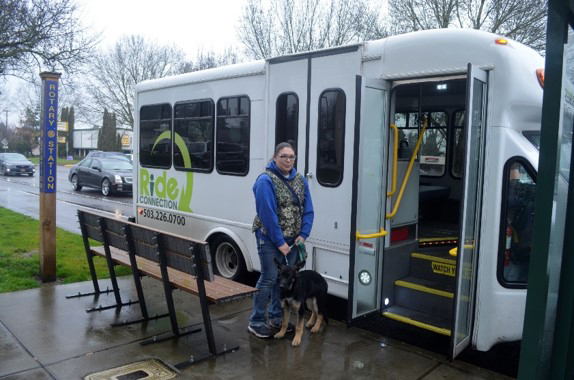
On-demand, commuter-focus services using mobile apps to match travelers making similar trips in a single vehicle.
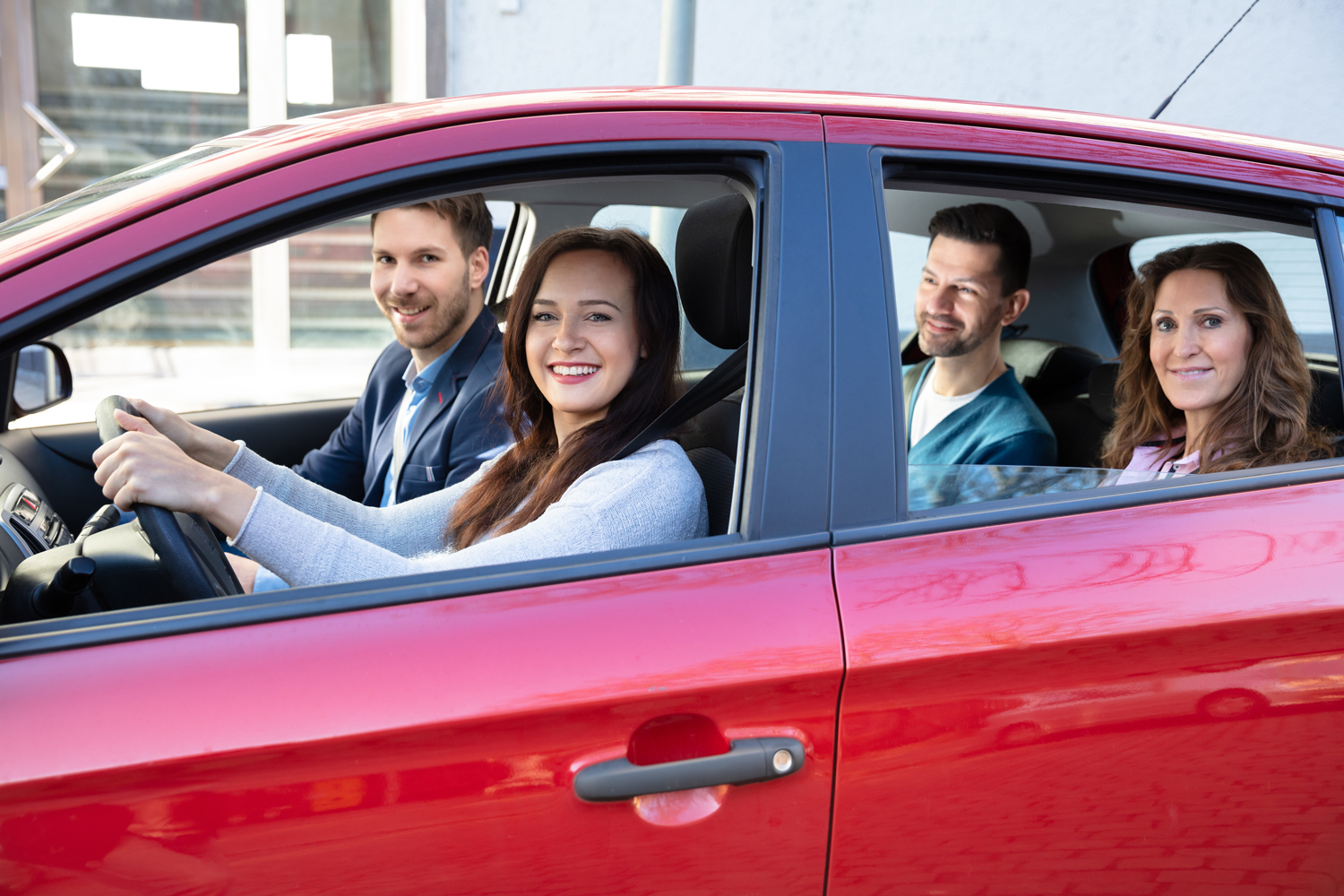
One or more travelers sharing publicly or privately owned vehicle with one or more people, typically for commuting. (Also called carpooling or vanpooling).
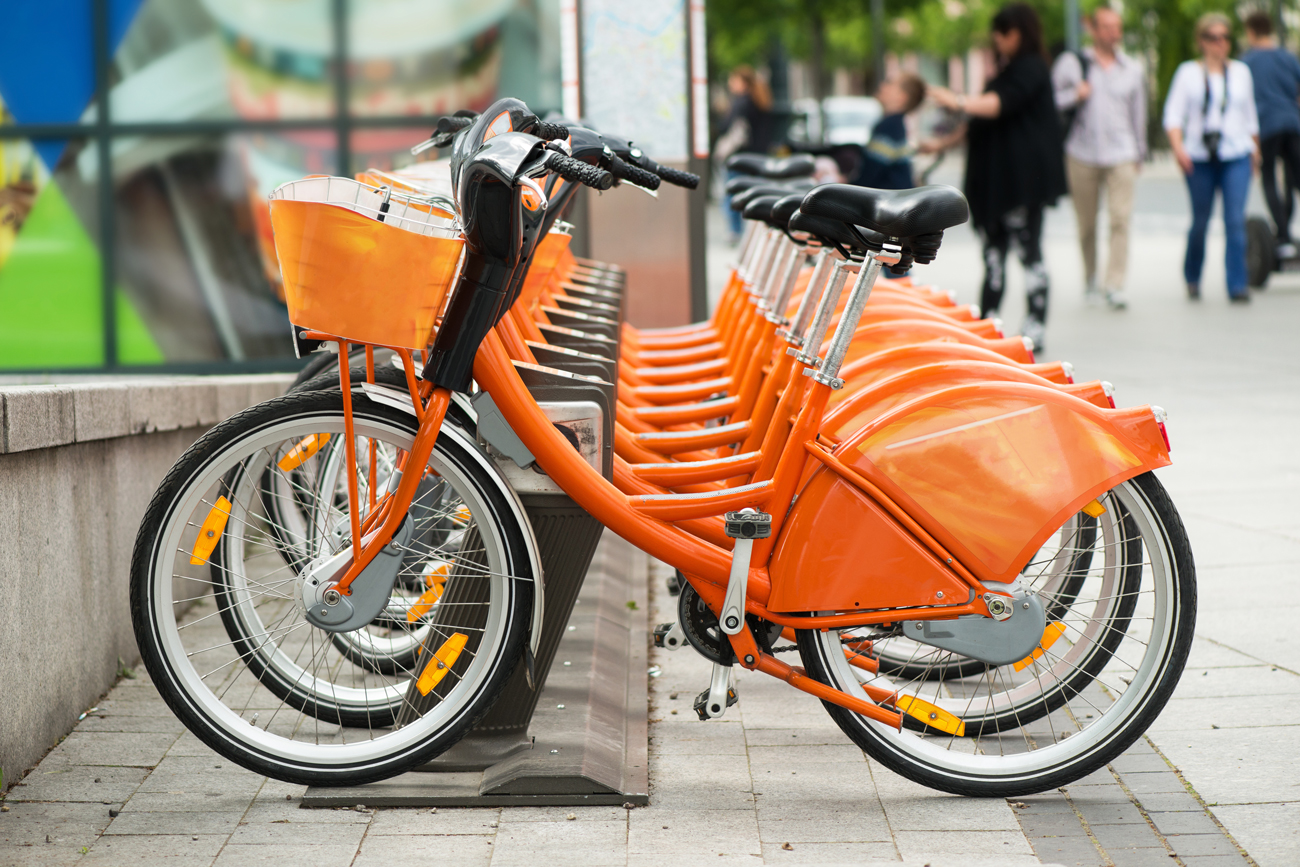
Users take short trips using a fleet of public or private bicycles or scooters.
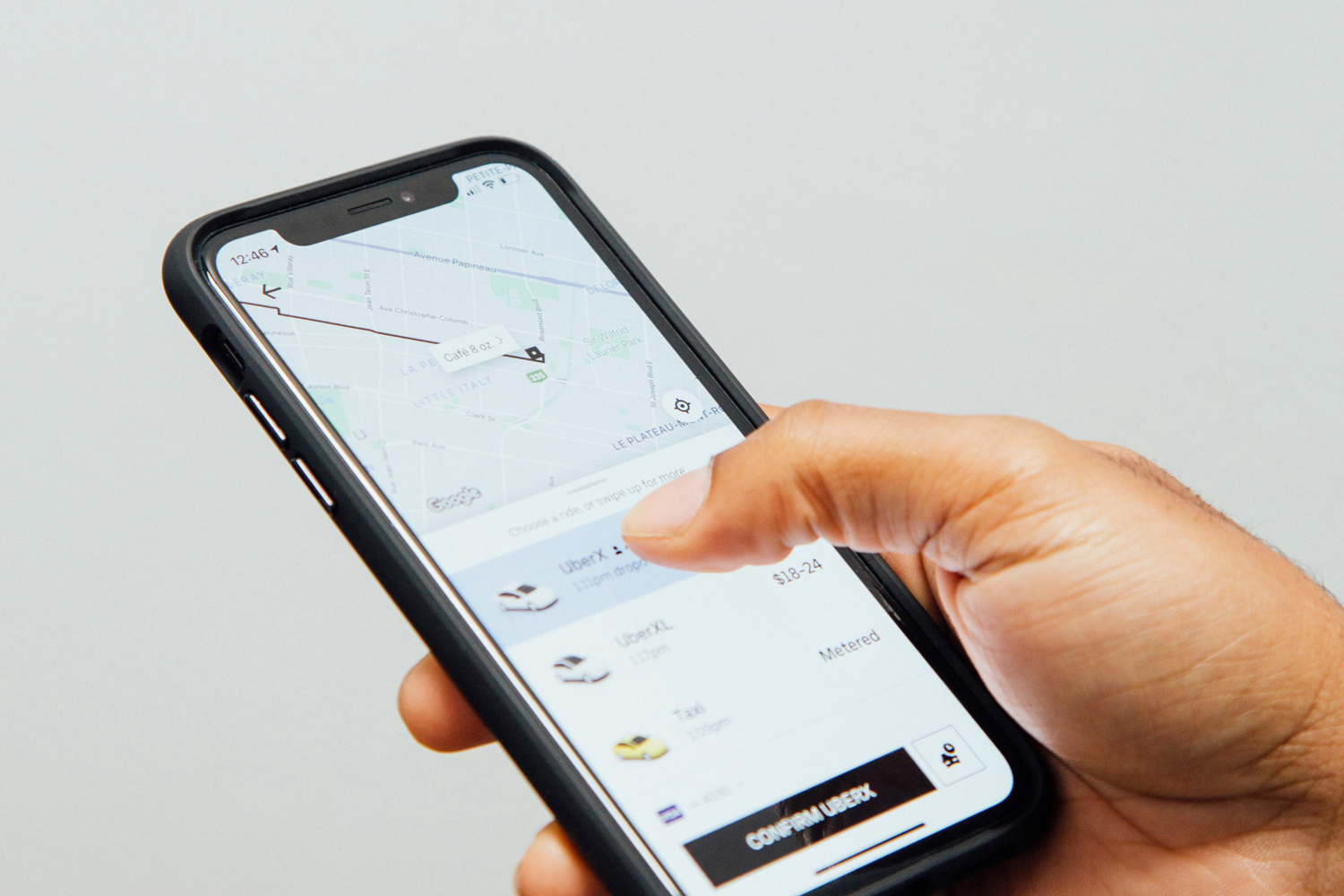
Transportation services that connect passengers with community drivers using personal vehicles, such as Uber and Lyft.
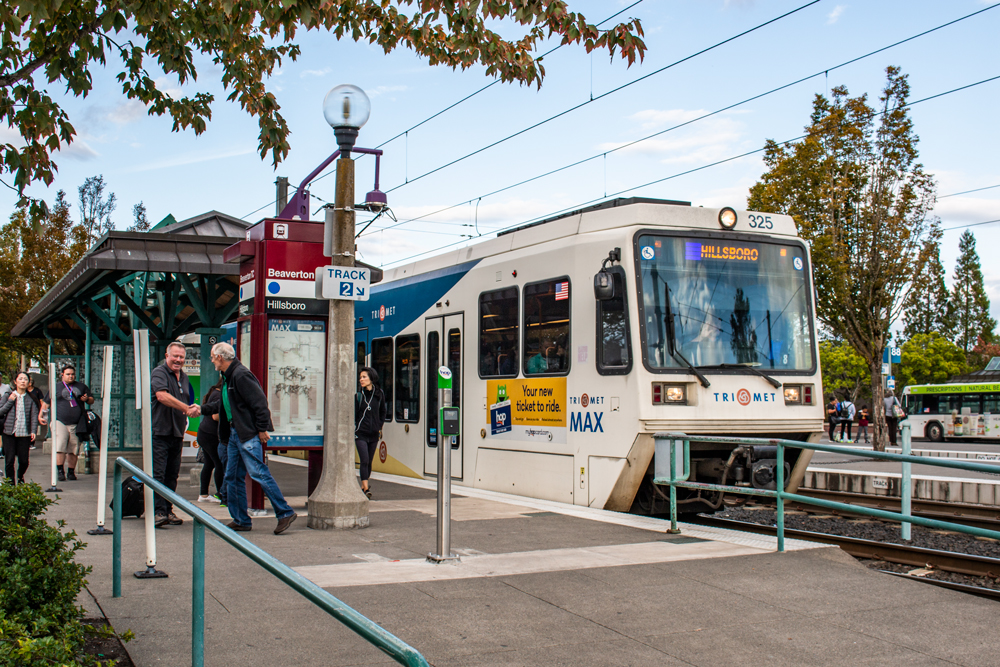
Access to multiple modes of transportation in one location, such as Orenco Station and Beaverton Transit Center.